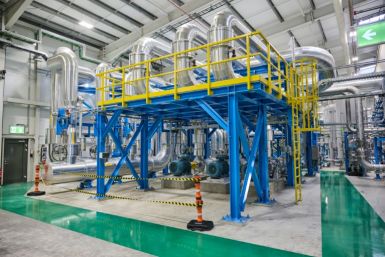SIDS Mystery Identified by Adelaide Researchers
Sudden Infant Death Syndrome (SIDS) is parents' worst nightmare. But researchers from Adelaide University might have identified the leading cause of this deceitful syndrome.
In the report titled Β-AMYLOID PRECURSOR PROTEIN STAINING OF THE BRAIN IN SUDDEN INFANT AND
EARLY CHILDHOOD DEATH1, researchers identified that severe lack of oxygen as possibly the major cause of SIDS.
In order to come up with the report, a total of 182 infants from 0 to 2 years old were autopsied at Forensic Science South Australia in Adelaide. The process took 7.5 years and went from July 1999 to December of 2006.
Full police and coronial investigations, with different ancillary testing, were done during the autopsy. All relevant information - cause of death, post mortem interval, and circumstances of death such as resuscitation attempts and survival time from the incident to death - were considered during the whole process.
After the study, full understanding of the fatal syndrome is underway according to Professor Roger Byard from Adelaide University.
"You don't like to use the word 'breakthrough' but that's how I feel about it. For the first time we've got an independent verification that the hypoxia theory is probably the most applicable," Byard said during an interview with The West Australian.
Identifying a protein called APP, Byard said that they are on the right track of deciphering the underlying mechanism of SIDS.
"The SIDS APP staining was quite different to the infectious group, it was quite different to the trauma group, but it was virtually identical to children and babies who'd died of suffocation and asphyxia. That's not saying that SIDS babies die of suffocation and asphyxia, what it's saying is that the underlying mechanism could well be the same and that is a lack of oxygen."
With APP they can now clarify why SIDS take place.
"What we have been stumped by really is that we've got vulnerable babies. There are some babies who are particularly susceptible and we didn't know why and that's why we've been looking at the chemicals in the back of the brain and that's why I think this APP study really gives support to that direction."






